

















































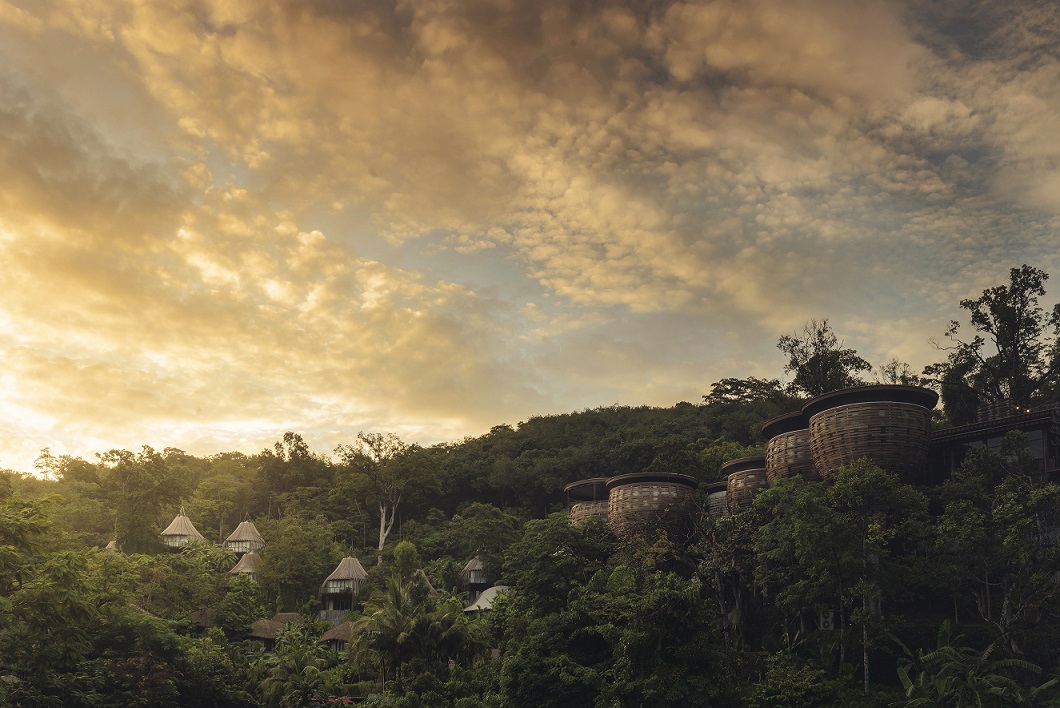
Keemala is nestled on a lush hillside, overlooking Kamala Village and the Andaman Sea. Far away from the crowds, Keemala resort is a sanctuary. We invite you to take a break from everyday life, and retreat to our enchanting wonderland.
Keemala is focused on wellness and quality of life. The resort is close enough to Kamala Beach, the lively energy of Patong, and all the dynamic action that Phuket has to offer; yet we are far enough removed to offer a tranquil setting amongst the rainforest, with a variety of holistic activities and wholesome gourmet cuisine.
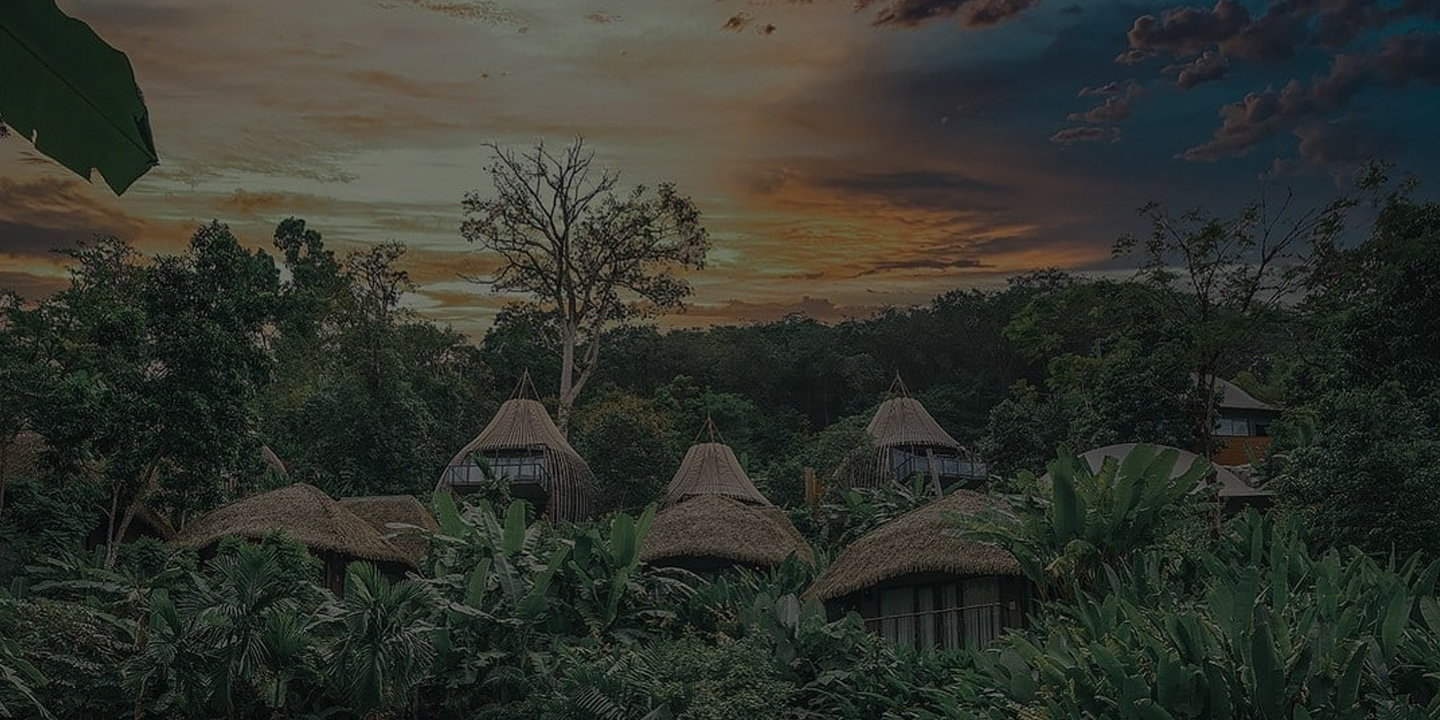
The legend of the four clans has inspired the architecture, interior design, and overall philosophy of Keemala. For press enquiries, please email our PR Department.
Once upon a time, traders and merchants travelled the ancient routes along the Sea Silk Road. The colossal 6400km maritime trading route linked the Eastern and Western worlds.
This Sea Silk Road covered vast distances, connecting faraway cities, commercial centers and ports. Merchant ships and caravans carried and traded goods such as silk, gold, jade, tea, and spices along this route.
At the height of the trade, a caravan departed Southern Europe and set its course for Eastern China, along the way gathering and selling goods in Eastern Europe, Africa, the Middle East, and South Asia. As it left each port, more and more merchant ships joined the journey; the caravan grew dramatically.
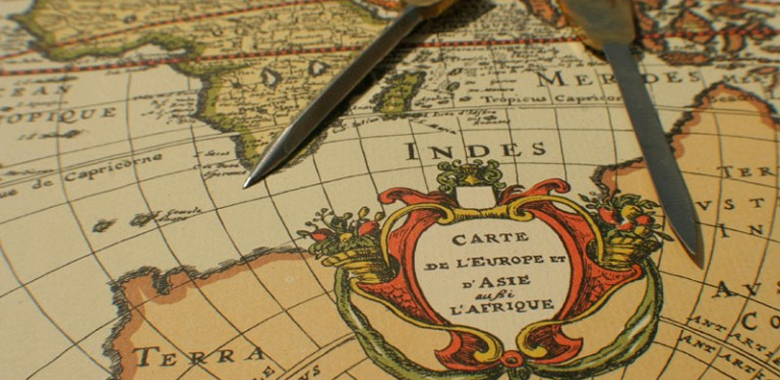
Understand the way of life of the clans by enjoying the types of accommodation they lived in.
Experience some of the healing treatments derived by ancient wisdom and beliefs.
This extended journey took several years to complete. The group of travelers came from many diverse cultures and origins. Along the way, they shared their beliefs and traditions, forming a strong bond to eventually become a distinct nomadic community.
Members of the caravan exhibited a diverse variety of professions and skills. They were made up of engineers, navigators, carpenters, traders, performers, philosophers, and farmers, to name just a few. All played distinct and important roles in the caravan’s survival.
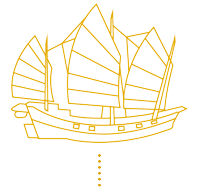
Navigating the colossal trading route by sea was common in these days, traders used to exchange spices, oils, silks, grains and precious materials.
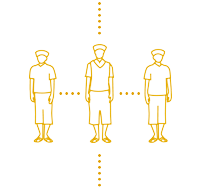
Commandeers of the oceans, the clans were not used to land based living. This was something new.
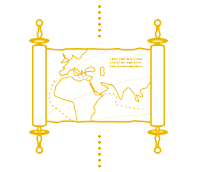
Encountered by stormy high seas the clans found themselves bound towards a tropical island for safe refuge.
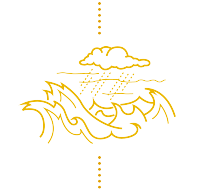
Bad weather was the demise of the caravan, but also opened up the opportunity to begin a renewed life on the arable land.
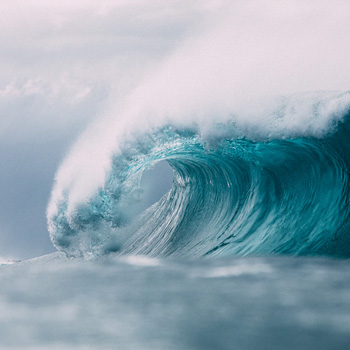
They encountered a major storm complete with strong wind, thunder, and crashin waves, and many ships were sadly sunk and lost.
While crossing the Indian Ocean, they encountered a major storm with strong winds and rain, thunder and lightning, and tremendous crashing waves. Many ships were sunk, and, sadly, many lives were lost. The surviving ships were scattered in the roiling sea throughout the dark of night.
Once the storm passed, the battered caravan found itself adrift in the vast ocean, off their charted course. Considering the damage done to the fleet, and the caravan’s extreme fatigue, the weary travelers searched for a place to recover their health and replenish their provisions.
So the carpenters and engineers patched up the ships, and everybody pitched in as best they could. And with the guiding hands of the skillful navigators, they followed the trail of the stars and eventually landed on a cape in the Andaman Sea. This cape, known as ‘Jungceylon Cape’ and originally a part of Phang Nga province, is what is known today as Phuket Island.
The travelers were shipwrecked and destitute, but found a safe haven on a fertile island, bursting with coconuts, exotic fruits, and fish. The four fictitious clans who sailed the high seas with the ancient caravan have inspired Keemala’s architecture, philosophy, design, cuisine, and spa treatments.
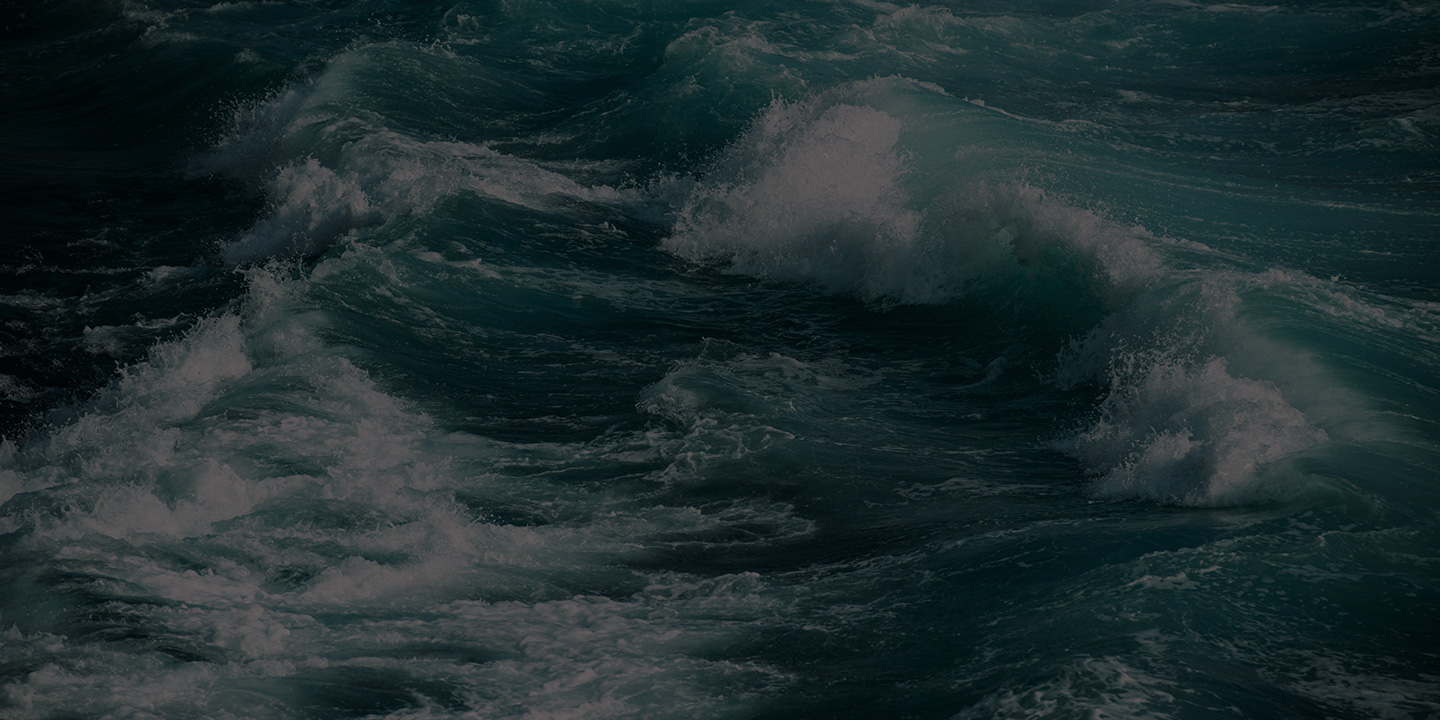
Once they were shipwrecked and destitute they found a safe haven on an isle boasting fertile land, with plentiful coconuts, exotic fruits and fish, this isle is now known as Phuket Island. Keemala’s architecture, design, spa treatments, cuisine inspiration and ethos is inspired by the four fictitious clans who sailed the high seas to trade goods for years.
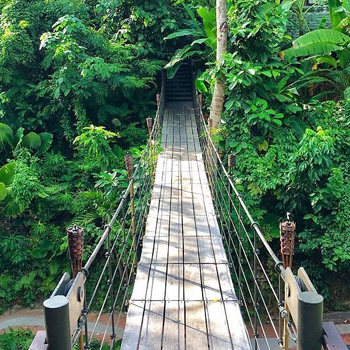
On the hillside the mountain had a lush canopy that protected them against the elements
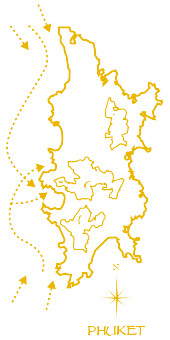
The clans made Phuket Island their home and began to raise families, farm the land and to enjoy its bountiful resources.
The shipwrecked group found that the cape held abundant resources. The soil was rich, perfect for agriculture. The water was clean, clear, and plentiful. The tropical weather was relatively mild and consistent. It was such an enticing location that this once-nomadic tribe considered settling down.
Eventually, they built a village up on the hillside where the mountain and lush canopy would protect them against the elements, while still having full view of the bay.
Some were concerned that the diverse cultures within the group might clash. However, the travelers fully embraced their differences and ultimately created an extraordinarily unified, and peaceful community.
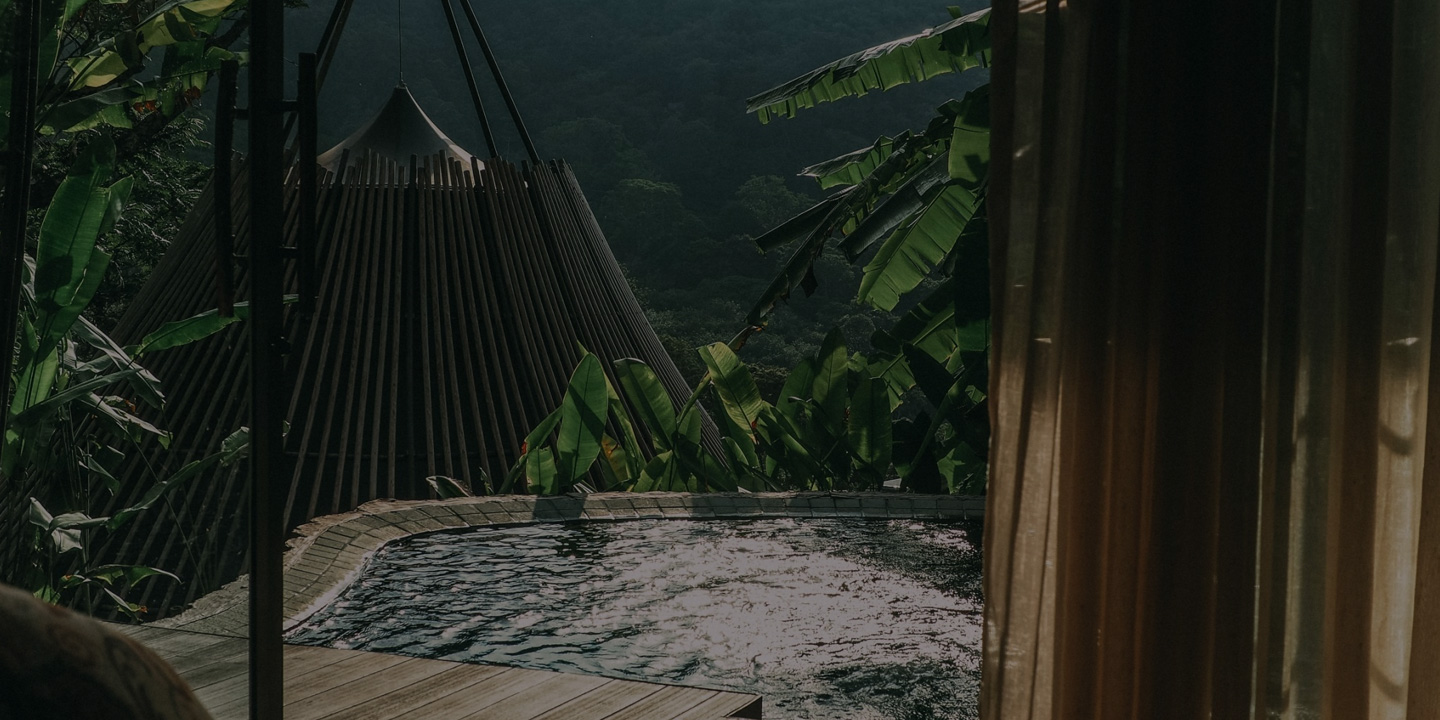
The community consisted of four clans, each with distinct beliefs and way of life. They kept their traditions and offered their knowledge and beliefs, all the while being helpful and respectful of one another.




After settling down and building a new home, the community focused on cultivating their psychological and physical well-being. Having survived the brutal storm, and weathering years of harsh nomadic existence, they dedicated themselves to increasing their knowledge about the human body, herbal medicines, and holistic treatment of the body and mind. As time went by, they etched their mark in this small corner of the world, and left traces of a unique civilization where their common beliefs, arts, traditions, and lifestyle live on.
By continuing to use this website you agree to the use of cookies according to our Privacy Policy.